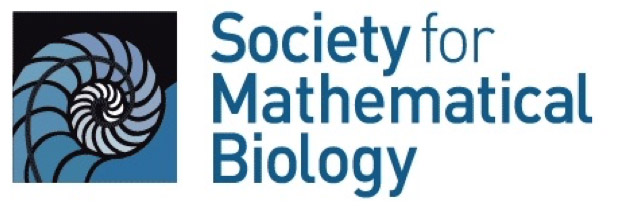Overview
[ Français ]
In 1977 Leon Glass and Michael C. Mackey introduced the idea that certain diseases, termed dynamical diseases, arise because of abnormalities in underlying physiological control mechanisms. This idea was based on the mathematical concept that bifurcations can occur in dynamical systems as certain parameters are changed. This observation opened the door for "mathematicians at the bedside". Over the last four decades the impact of mathematical insights into human illness has been palpable. Mathematical insights have provided important insights into the nature of many life threatening illnesses including cardiac and respiratory arrhythmias, epileptic seizures, periodic hematological diseases, falls in the elderly and certain psychiatric illnesses.
The nature of heath care is now dramatically changing. The driving force is the powerful computational capabilities of the personal cell phone. Acting together with developments in sensors, cell phone apps can not only continuously monitor key physiological variables (temperature, activity, blood sugar), but automatically alert health care workers when attention is necessary. It is not difficult to imagine that soon cell phones apps will become an essential component of health management thus providing a patient-centrist approach to individualized medicine.
In 1994, 100 mathematical biologists and physicians met together in Mont Tremblant, Quebec with a common interest in the oscillatory phenomena that arise in human diseases. Attention focused on the nature of the dynamical behaviors that arise in mathematical models of physiological control expressed as differential equations often containing explicit time delays. A correspondence was sought between bifurcations in the mathematical models and those diseases characterized by the sudden appearance or disappearance of oscillatory behaviors.
In November 2019 we gather at the Centre de Recherches Mathématiques (CRM) in Montreal to identify the mathematical problems that must be solved in order to translate theoretical insights of disease mechanism into patient care deliverables. The participants include not only bio-mathematicians and biostatisticians, but also health care workers, educators, computer scientists and representatives from industry.
This month long CRM event is organized into three one-week long workshops. Attendees will typically come for one of the weeks; however, some attendees may arrange their schedule to attend part or all of two or more of the workshops. Each workshop day is organized in a similar manner. Each morning there will be three formal lectures designed to stimulate discussions later in the day.

